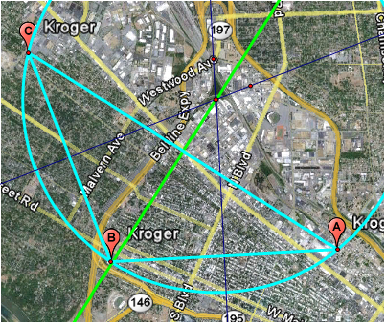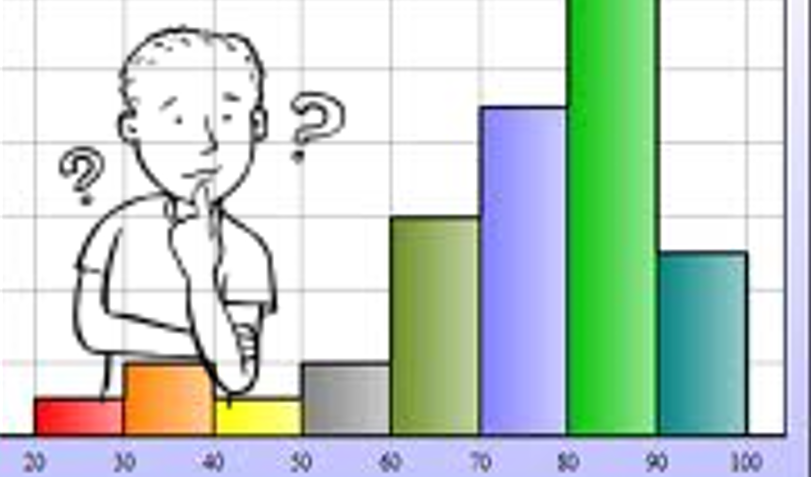Submitted by: Pete Anderson
School: Glen Allen High School
Summary
This lesson explores the difference between theoretical solutions and practical solutions by using “Points of Concurrency” which is an extension of the Geometry SOL topic of “Constructions”. Therefore constructions must be taught prior to this lesson. Students, in small groups, will begin with a problem-based learning activity of exploring the application of an SOL construction to a triangle. Students are then presented with the day’s problem: Determine a centralized location for a warehouse that will service 3 local grocery stores. After brainstorming on what information is needed to solve the problem, (question the question) students submit their questions via ActivEngage. The Teacher then leads to the students through directions on how to locate the stores using Google Earth and inserting a graphic of the map into Sketchpad. Students’ apply what was learned from the problem-based learning activity to this situation and then asked to respond to questions that ultimately lead to the essential question: Is a mathematical solution practical?
TIPC Ratings
Developing: Students are applying the search techniques in Google Earth as directed by the teacher. Students are also responding to questions that require analysis of the data available in Google Earth.
Developing: Students discuss in small groups what information may be needed to solve the problem and use ActivEngage as a digital tool to communicate their ideas and questions to the teacher and other students in the class.
Ideal/Target: In the “difficult” warm-up question, students apply previous knowledge to attempt to solve a geometry problem that they have not experienced. Students generate questions about the problem posed by the teacher. Students use The Geometer’s Sketchpad software to solve the mathematical question and then then apply the solution to the data available on Google Earth to determine the practicality of their solution. They then justify and alter their mathematical solution. In the closing activity, the students reflect on the experience and discuss the essential question, “Is a mathematical solution practical?”
Approaching: With the chosen technology, students analyze the problem, create an original, mathematical solution, and question that solution. Through guiding questions, students are prompted to decide if their mathematical solution is practical and- if not- come up with a new more practical solution.






